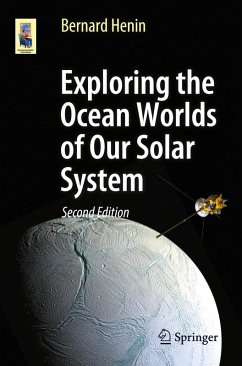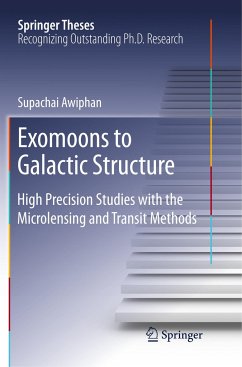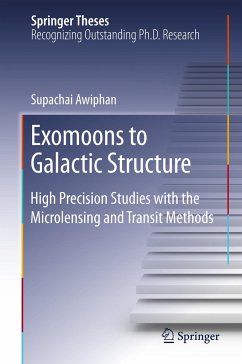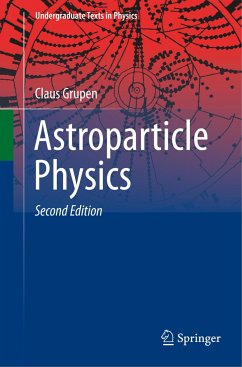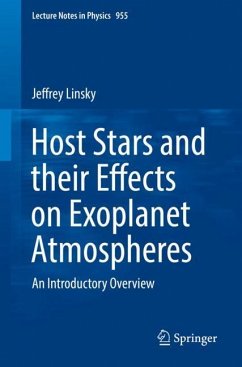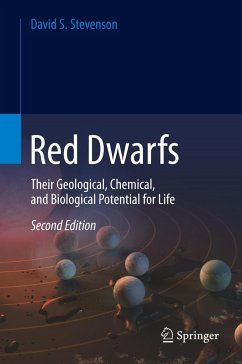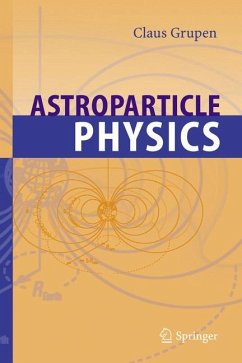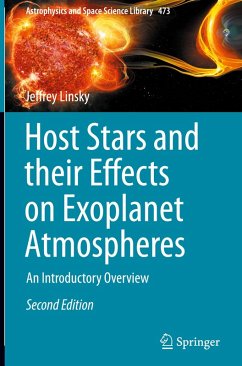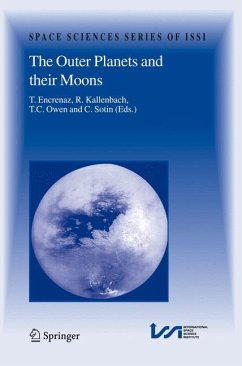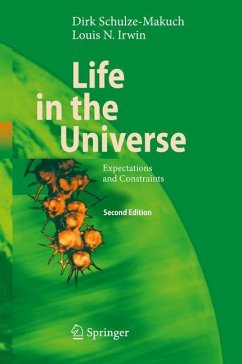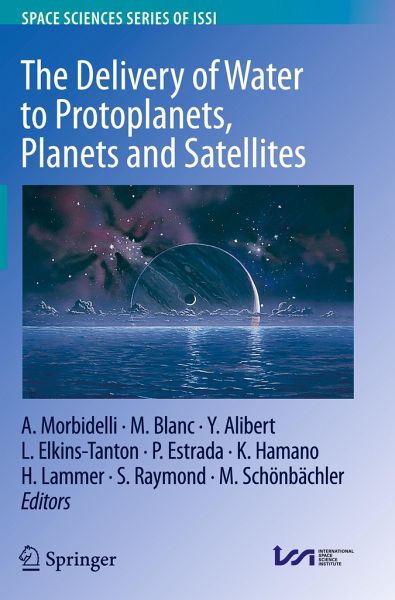
The Delivery of Water to Protoplanets, Planets and Satellites
Versandkostenfrei!
Versandfertig in 6-10 Tagen
129,99 €
inkl. MwSt.

PAYBACK Punkte
65 °P sammeln!
Liquid water is essential for the emergence of life at least as we know it on Earth. Written by recognized experts in the field, this volume provides a complete inventory of water throughout the Solar System and a comprehensive overview of the evolution of water from the interstellar medium to the final planetesimals and planets.Through a series of up-to-date review papers, the book describes how water influences the geophysical evolutions of bodies and how it is in turn affected by such evolutions. Processes like atmospheric escape under the effect of stellar irradiation and collisional impac...
Liquid water is essential for the emergence of life at least as we know it on Earth. Written by recognized experts in the field, this volume provides a complete inventory of water throughout the Solar System and a comprehensive overview of the evolution of water from the interstellar medium to the final planetesimals and planets.
Through a series of up-to-date review papers, the book describes how water influences the geophysical evolutions of bodies and how it is in turn affected by such evolutions. Processes like atmospheric escape under the effect of stellar irradiation and collisional impacts are discussed in detail, with specific emphasis on the consequences for the budgets of water and volatile elements in general. Specific papers on the emergence of life on Earth and the prospects of habitability on extrasolar planets are included.
The papers take an interdisciplinary approach to habitability, addressing it from the perspectives of astronomy, planetary science, geochemistry, geophysics and biology. Comprehensive yet easy to read, this volume serves as an invaluable resource to scholarly, professional and general audiences alike.
Originally published in Space Science Reviews in the Topical Collection "The Delivery of Water to Protoplanets, Planets and Satellites"
Through a series of up-to-date review papers, the book describes how water influences the geophysical evolutions of bodies and how it is in turn affected by such evolutions. Processes like atmospheric escape under the effect of stellar irradiation and collisional impacts are discussed in detail, with specific emphasis on the consequences for the budgets of water and volatile elements in general. Specific papers on the emergence of life on Earth and the prospects of habitability on extrasolar planets are included.
The papers take an interdisciplinary approach to habitability, addressing it from the perspectives of astronomy, planetary science, geochemistry, geophysics and biology. Comprehensive yet easy to read, this volume serves as an invaluable resource to scholarly, professional and general audiences alike.
Originally published in Space Science Reviews in the Topical Collection "The Delivery of Water to Protoplanets, Planets and Satellites"



